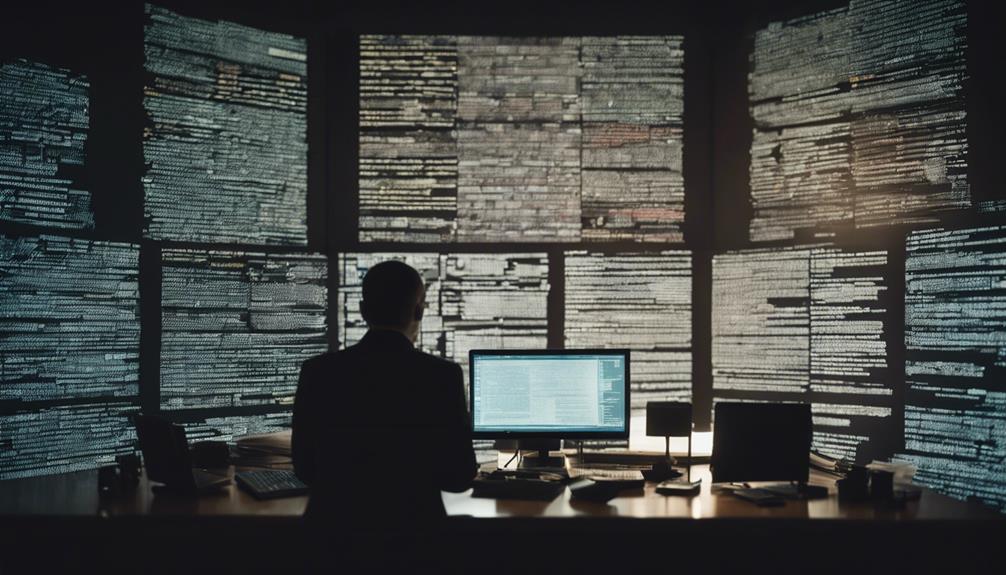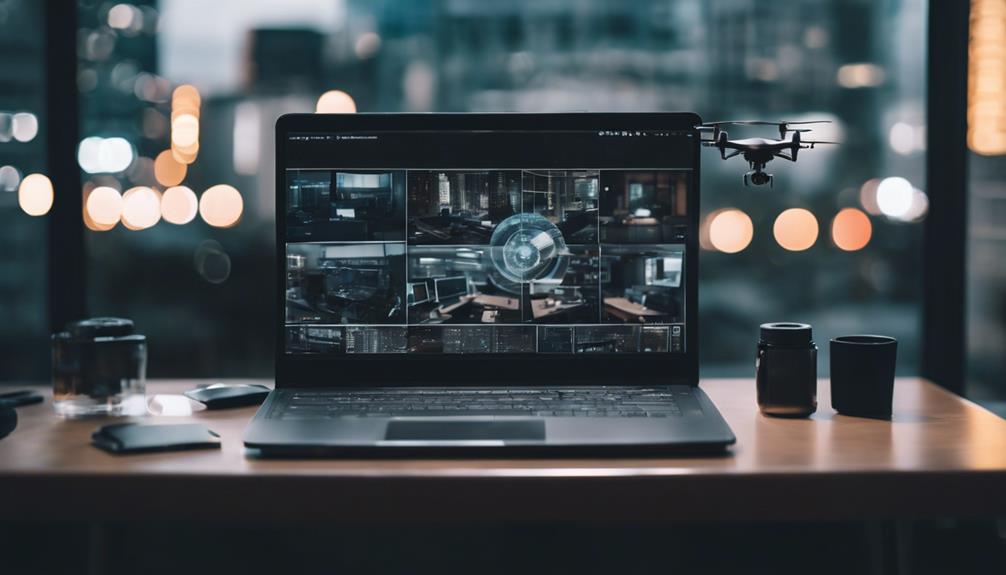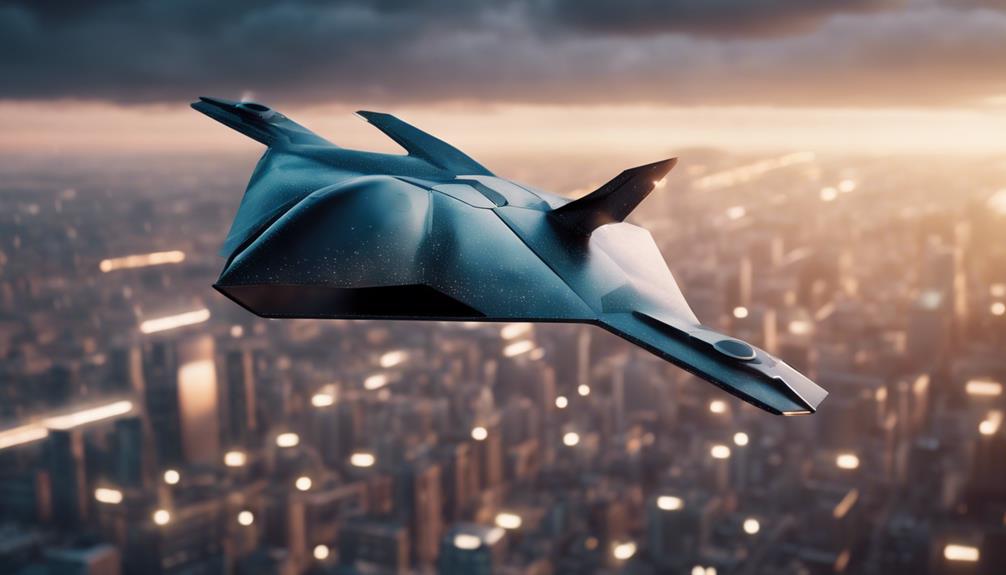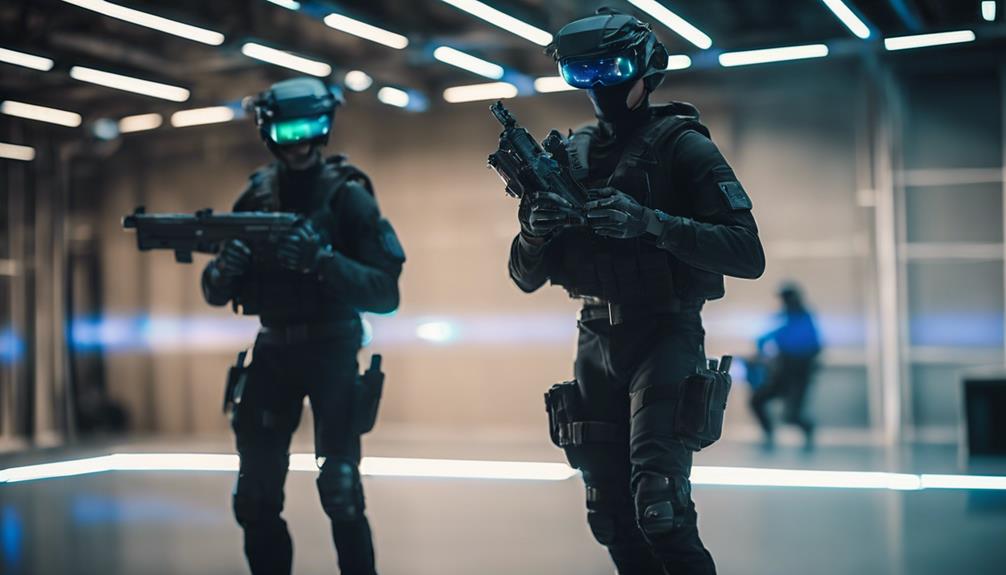
In an age where technology continually reshapes our world, spy drones equipped with cameras have emerged as a game-changer in the field of surveillance and intelligence gathering. These advanced aerial units are not restricted by the limitations of traditional surveillance methods, offering unprecedented flexibility and capabilities. With applications spanning law enforcement, environmental monitoring, and even commercial uses, the importance of understanding spy drones and their functionalities cannot be overstated.
As we delve into the intricacies of spy drones with cameras, we’ll explore their cutting-edge technology, features, and real-world applications. We will also examine the legal considerations to keep in mind, the role they play in enhancing security, and what the future holds for this fascinating field. This comprehensive exploration will equip you with the knowledge to appreciate the significance of spy drones in contemporary society.
1. Understanding Spy Drones: The Future of Aerial Surveillance
Spy drones, often referred to as unmanned aerial vehicles (UAVs), represent a significant advancement in aerial surveillance technology. Designed to operate without onboard human pilots, these drones can be remotely controlled or autonomously programmed to carry out surveillance missions. Equipped with high-resolution cameras and advanced sensors, they provide real-time data and video feeds, making them invaluable for a range of applications, from military operations to disaster management.
As we move further into the 21st century, the adoption of spy drones for surveillance purposes is expected to grow exponentially. Their ability to cover vast areas while remaining inconspicuous gives them a distinct advantage over traditional surveillance methods. As technology advances, we can anticipate even more sophisticated drones that are not only capable of capturing high-definition images but also integrating artificial intelligence for enhanced data processing and analysis.
2. How Camera-Equipped Drones Revolutionize Intelligence Gathering
The integration of cameras into spy drones has fundamentally transformed how intelligence is gathered. With capabilities such as thermal imaging, night vision, and high-definition video recording, these drones can operate effectively in various environments and conditions. This allows for detailed reconnaissance and surveillance that is critical for both military operations and civilian applications. The ability to relay live video feeds back to operators in real-time ensures that decisions can be made with current, actionable intelligence.
Moreover, the capability to cover large geographic areas in a short period enhances the efficiency of intelligence operations. Unlike traditional surveillance methods, which may rely on stationary cameras or ground personnel, drones can be deployed quickly and adapt to changing situations. This revolutionizes how information is collected and processed, leading to more informed decision-making in critical scenarios, whether in law enforcement, environmental tracking, or emergency response.
3. The Technology Behind Spy Drones: What You Should Know
Understanding the technology that powers spy drones is crucial to appreciating their capabilities. Most modern spy drones utilize a combination of GPS navigation, advanced sensors, and high-definition cameras. The integration of these technologies allows for precise flight paths, enabling operators to gather data from specific areas of interest. Furthermore, many drones are equipped with gimbals that stabilize the camera, ensuring that video footage remains steady and clear, even during high-speed maneuvers.
Additionally, the software that accompanies these drones plays a pivotal role in data analysis. Many spy drones come with sophisticated apps that allow for flight planning and real-time data transmission. These applications can also analyze collected data, offering features such as object tracking and pattern recognition. As technology continues to advance, we can expect even more innovations in drone capabilities, including enhanced battery life, increased payload capacity, and improved communication systems that allow for seamless operation in complex environments.
4. Top Features to Look for in a Spy Drone with Camera
When selecting a spy drone with a camera, certain features should be prioritized to ensure optimal performance. First and foremost, camera quality is critical; look for resolutions of at least 1080p, with options for 4K recording for high-definition surveillance. Additionally, consider the type of camera, as some drones come equipped with thermal or night vision capabilities, allowing for operation in low-light conditions.
Another key feature is flight time. The best spy drones boast battery lives of 20-30 minutes, enabling sustained surveillance missions. Additionally, consider ease of use and range; a good drone should offer user-friendly controls and a range of several kilometers for effective surveillance without risking loss of communication. Other features such as GPS functionality, automated flight modes, and obstacle avoidance systems can greatly enhance the drone’s usability and safety.
5. Real-World Applications: Spy Drones in Action Today
Spy drones are currently deployed in a variety of real-world applications, showcasing their versatility and effectiveness. In law enforcement, drones are used for crowd monitoring at events, crime scene investigations, and search-and-rescue operations. Their ability to provide real-time surveillance footage allows law enforcement officers to assess situations from a safe distance, enabling them to deploy resources more effectively.
Beyond law enforcement, spy drones are also valuable in environmental monitoring and disaster management. They are used to survey wildlife populations, assess damage after natural disasters, and even monitor illegal activities like poaching and deforestation. The ability to cover large areas quickly and gather real-time data makes drones an essential tool for researchers and conservationists alike, highlighting their growing importance across various sectors.
6. Legal Considerations for Using Spy Drones with Cameras
As the use of spy drones equipped with cameras expands, so too do the legal considerations surrounding their operation. Different countries have different regulations governing drone use, particularly concerning privacy rights and airspace restrictions. It is imperative for users to familiarize themselves with local laws to ensure compliance and avoid potential legal repercussions. Many jurisdictions require licenses for commercial drone operations, and some impose strict limitations on where drones can be flown.
Moreover, ethical considerations are paramount when using spy drones for surveillance. The potential for invasion of privacy and unauthorized data collection raises important questions about accountability and oversight. Users must balance the necessity of surveillance with the rights of individuals to maintain their privacy. Engaging in responsible drone usage, including obtaining the necessary permissions and respecting privacy boundaries, is essential for fostering public trust and ensuring that drone technology is used for beneficial purposes.
7. Enhancing Security: The Role of Drones in Law Enforcement
Drones have become vital tools for enhancing security in law enforcement. They provide a bird’s-eye view of situations, allowing officers to assess incidents from above and strategize their responses accordingly. For instance, during high-stakes situations such as hostages or standoffs, drones can gather crucial information without putting officers in harm’s way. This capability not only aids in tactical planning but also helps to mitigate risks to both law enforcement and civilians.
Additionally, drones have proven invaluable in community policing initiatives. Law enforcement agencies can use drones to monitor public events, ensuring safety while maintaining a visible presence. By employing drone technology, police departments enhance their ability to prevent crime and respond more effectively to incidents, building stronger relationships within the communities they serve. The use of drones in policing not only increases efficiency but also supports transparency and accountability, which is increasingly important in today’s society.
8. Spy Drones vs. Traditional Surveillance: A Comparative Study
When comparing spy drones to traditional surveillance methods, the advantages of drone technology become evident. Traditional approaches often rely on fixed cameras or ground personnel, which can be limited by geographic constraints and human factors. Drones, on the other hand, offer unparalleled mobility and flexibility, allowing for real-time assessments of dynamic situations. They can quickly adapt to changing environments and provide comprehensive views of areas that would be challenging for ground personnel to reach.
Moreover, the cost-effectiveness of drones is a significant factor in their favor. While initial investments in drone technology can be substantial, the long-term savings achieved through reduced manpower and increased efficiency are undeniable. Traditional surveillance often requires extensive manpower for monitoring, whereas drones can operate autonomously or with minimal oversight. This shift not only reduces costs but also allows organizations to allocate resources more effectively, illustrating why spy drones are becoming the preferred choice for many surveillance operations.
9. Overcoming Challenges: The Future of Spy Drone Technology
Despite the advancements in spy drone technology, several challenges must be addressed for its future growth. One major concern is the issue of airspace management. As more individuals and organizations utilize drones, the potential for mid-air collisions increases, necessitating the development of advanced air traffic control systems specifically designed for UAVs. Research is ongoing to create safe integration methods that allow drones to coexist with manned aircraft in busy airspaces.
Additionally, technological advancements must focus on enhancing the security of drone systems. As drones become more sophisticated, they are also becoming targets for hacking and unauthorized access. Ensuring robust cybersecurity measures will be crucial in maintaining the integrity of drone operations. As these challenges are met with innovative solutions, the future of spy drones promises to be not only more advanced but also safer and more efficient.
10. How to Choose the Right Spy Drone for Your Needs
Choosing the right spy drone equipped with a camera involves a careful evaluation of your specific needs and use cases. Begin by considering the primary purpose of the drone. Will it be used for law enforcement, environmental monitoring, or personal use? Different applications may require different features, such as camera quality, flight time, and payload capacity. Understanding your needs will help you narrow down your options effectively.
Next, evaluate the budget you have available. Spy drones can range widely in price, with more advanced models offering additional features and capabilities. It’s essential to strike a balance between your requirements and your budget. Researching user reviews and expert recommendations can also provide valuable insights into which models perform best in real-world scenarios. By thoroughly assessing these factors, you can select a spy drone that meets your needs and enhances your capabilities.
In summary, spy drones equipped with cameras are revolutionizing the way we gather intelligence and conduct surveillance. Their advanced technology, versatility, and effectiveness make them indispensable in various fields, from law enforcement to environmental monitoring. However, as their usage expands, it is crucial to consider the associated legal and ethical implications to ensure responsible operation.
By understanding the features, applications, and future potential of spy drones, you can make informed decisions regarding their use. As technology evolves and drone capabilities continue to improve, the role of these aerial units in our society will only grow, promising a future where surveillance and intelligence gathering are more efficient, effective, and responsible than ever before.




